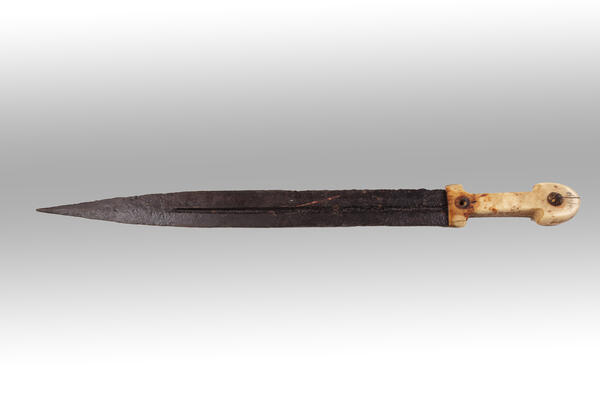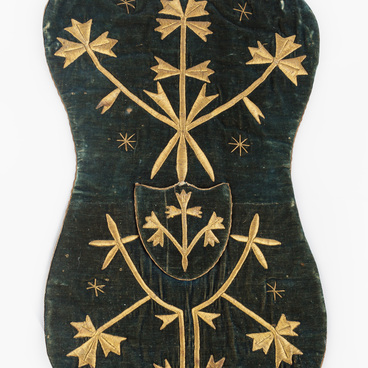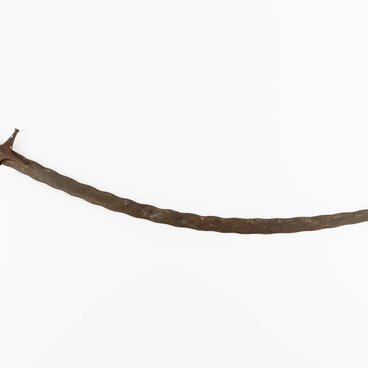A type of dagger called a qama was widespread among the peoples of the Caucasus, Transcaucasia and the Middle East. For the Circassians, this type of edged weapons served as an indispensable attribute of a man and a warrior. A dagger was to be worn from adolescence. In fact, receiving a dagger was a kind of initiation, a symbol of entering adulthood. From the moment a young man received his dagger, the qama and its owner became inseparable. It is hard to imagine that a man would decide to leave the house without this narrow dagger on his belt. In addition, the Circassians considered a thin waist to be the standard of male beauty, and a belt with a dagger emphasized this aspect of appearance. It can be said with certainty that the dagger was an indispensable accessory of a man of any social stratum who had the right to carry weapons. The highlander ate, drank, worked, and had fun with a dagger on his belt and, even going to bed, put it under his headboard. Therefore, he was always armed. Thus, the dagger symbolized man’s dignity and his readiness to defend this dignity at any moment.
In addition to the enormous cultural significance in the life of the Circassians, the qama undoubtedly had a practical function. It was used not only as a combat and hunting weapon, but also as a household item for various household needs — to cut brushwood or meat. A dagger of this type would normally have a steel blade that would be lenticular or diamond-shaped in cross section, gradually tapering to the point. The blade was double-edged. In the middle of the blade there was a long narrow groove, a longitudinal recess, that made the dagger less heavy while keeping it strong. The handle of the qama did not have a cross, but was often solid. It is noteworthy that, despite the excellent penetrating ability, the qama was primarily used to cut and less often to stab.
During the Caucasian War, the Cossacks appreciated this type of edged weapons and adopted it from the highlanders. This very convenient type of dagger became an attribute of the Cossack uniform and also became known in Russia as the “Cossack dagger”.
In addition to the enormous cultural significance in the life of the Circassians, the qama undoubtedly had a practical function. It was used not only as a combat and hunting weapon, but also as a household item for various household needs — to cut brushwood or meat. A dagger of this type would normally have a steel blade that would be lenticular or diamond-shaped in cross section, gradually tapering to the point. The blade was double-edged. In the middle of the blade there was a long narrow groove, a longitudinal recess, that made the dagger less heavy while keeping it strong. The handle of the qama did not have a cross, but was often solid. It is noteworthy that, despite the excellent penetrating ability, the qama was primarily used to cut and less often to stab.
During the Caucasian War, the Cossacks appreciated this type of edged weapons and adopted it from the highlanders. This very convenient type of dagger became an attribute of the Cossack uniform and also became known in Russia as the “Cossack dagger”.





